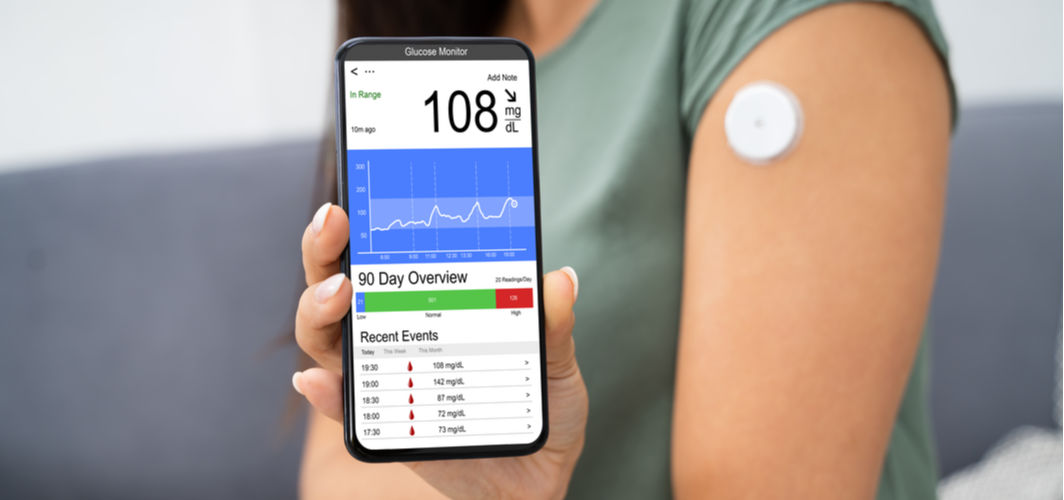Diabetes Management
What Causes Polydipsia in Diabetes?
2 min read
By Apollo 24|7, Published on - 22 December 2023
Share this article
0
0 like

Polydipsia, or excessive thirst, is a common symptom associated with diabetes, particularly in diabetes mellitus. The underlying causes of polydipsia in diabetes are due to the body's attempts to compensate for imbalances related to glucose metabolism.
Glucose Dysregulation in Diabetes
In diabetes mellitus, the body faces challenges in regulating blood glucose levels due to either insufficient insulin production (Type 1 diabetes) or the body's resistance to insulin (Type 2 diabetes). Insulin is crucial for facilitating the entry of glucose into cells, where it is used for energy.
Hyperglycemia and Osmotic Diuresis
Polydipsia arises as a result of hyperglycemia, where the high concentration of glucose in the blood triggers a series of compensatory mechanisms. The body attempts to dilute the excess glucose by drawing water from cells, tissues, and the bloodstream into the urine. This process, known as osmotic diuresis, leads to increased urine production (polyuria).
Dehydration and Thirst Response
As the body loses significant amounts of fluid through urine, dehydration sets in. The brain responds to this dehydration by signaling an increased sensation of thirst. Polydipsia is, therefore, a physiological response aimed at replenishing the lost fluids and restoring the body's water balance.
The Cycle of Polydipsia and Polyuria
The cycle of polydipsia and polyuria becomes a hallmark feature of uncontrolled diabetes. Individuals with diabetes may find themselves drinking large quantities of water to alleviate the persistent thirst, but the excessive fluid intake does little to resolve the underlying issue. This continuous cycle can contribute to feelings of fatigue, weakness, and, if left untreated, may lead to more severe complications.
Managing Polydipsia in Diabetes
Effectively managing polydipsia involves addressing the root cause—elevated blood glucose levels. This typically includes lifestyle modifications, such as adopting a healthy diet, engaging in regular physical activity, and, in some cases, medication or insulin therapy. Monitoring blood glucose levels and adhering to prescribed treatment plans are essential components of diabetes management to prevent and alleviate symptoms like polydipsia.
Conclusion
In conclusion, polydipsia in diabetes mellitus is a consequence of the body's attempt to cope with elevated blood glucose levels through increased urine production and subsequent dehydration. Understanding the relationship between polydipsia and diabetes is crucial for early detection, intervention, and effective management of this symptom to improve overall health and quality of life for individuals with diabetes.
You can also try the Apollo 24|7 Diabetes Self-Management Tool to log your sugar values, track patterns, know all about food nutrition and more.
Diabetes Management
Consult Top Diabetologists
View AllLeave Comment
Recommended for you
.jpg?tr=q-80)
Diabetes Management
Family Gathering Tips for Individuals with Diabetes
Family gatherings need not be a source of stress for individuals managing diabetes. With mindful eating, maintaining routine, and making smart food choices, you can enjoy these events while keeping your health in check. For additional support on managing type 2 diabetes, consider enrolling in a structured programme such as the Apollo Super 6.

Diabetes Management
Understanding Gestational Diabetes: Recognising Symptoms and Identifying Causes
Gestational diabetes is a temporary condition that emerges during pregnancy and requires timely recognition and careful management. Understanding its causes linked to insulin production recognising symptoms and identifying risk factors, including obesity and family history, can help in effective management. Though this condition usually resolves after childbirth, effective management during pregnancy is key to safeguarding the health of the mother and baby.

Diabetes Management
Continuous Glucose Monitoring: How Does it Help?
CGM is a device that helps individuals with diabetes track their glucose levels continuously. A tiny sensor is inserted under the skin to measure glucose in the interstitial fluid. It helps individuals monitor glucose levels throughout the day and night, thereby allowing them to improve their HbA1c levels, reduce hypoglycemia events, and assess the impact of diet and exercise on glucose levels.
Subscribe
Sign up for our free Health Library Daily Newsletter
Get doctor-approved health tips, news, and more.
Visual Stories

8 Fruits That are Incredibly Healthy for Diabetes
Tap to continue exploring
Recommended for you
.jpg?tr=q-80)
Diabetes Management
Family Gathering Tips for Individuals with Diabetes
Family gatherings need not be a source of stress for individuals managing diabetes. With mindful eating, maintaining routine, and making smart food choices, you can enjoy these events while keeping your health in check. For additional support on managing type 2 diabetes, consider enrolling in a structured programme such as the Apollo Super 6.

Diabetes Management
Understanding Gestational Diabetes: Recognising Symptoms and Identifying Causes
Gestational diabetes is a temporary condition that emerges during pregnancy and requires timely recognition and careful management. Understanding its causes linked to insulin production recognising symptoms and identifying risk factors, including obesity and family history, can help in effective management. Though this condition usually resolves after childbirth, effective management during pregnancy is key to safeguarding the health of the mother and baby.

Diabetes Management
Continuous Glucose Monitoring: How Does it Help?
CGM is a device that helps individuals with diabetes track their glucose levels continuously. A tiny sensor is inserted under the skin to measure glucose in the interstitial fluid. It helps individuals monitor glucose levels throughout the day and night, thereby allowing them to improve their HbA1c levels, reduce hypoglycemia events, and assess the impact of diet and exercise on glucose levels.


